Hope returned to Khaiz – Siri in Iran
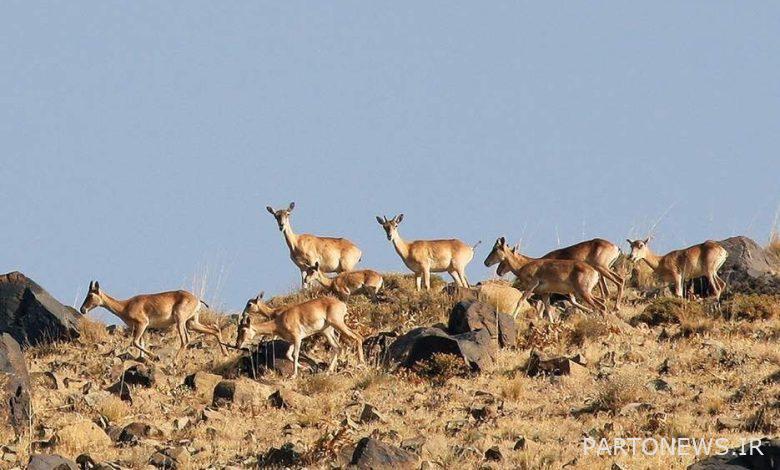
The protected area of Khaiz with its unique animal and plant cover is considered as one of the most important wildlife habitats of the country and Kohgiluyeh and Boyer Ahmad. During these years, its wildlife population, especially goats and goats, has enjoyed significant growth. The area of 16,264 square kilometers is located in the southwest of Iran. It leads to Isfahan province from the north, Bushehr and Khuzestan provinces from the south, Fars provinces from the east, and Chaharmahal and Bakhtiari provinces from the west.
The protected areas of the Four Seasons province of Kohgiluyeh and Boyer Ahmad include Dana Protected Area, Khaiz and Sarkh Protected Area, Eastern Khaizi Forest Protected Area, Khamin Forest Protected Area, Dale Forest Protected Area and Tang Sulak Protected Area.
The protected area of Koh Khiz and Sarkh (Khaiz) with an area of 32 thousand 332 hectares is located in the west of Kohgiluyeh and Boyer Ahmad provinces. This area is located in the conservation area of Gachsaran, Kohgiluyeh and Behbahan cities in Khuzestan province.
This is a hilly and mountainous area covered with all kinds of trees and shrubs such as oak (predominant species), acorn, kalkhang, wild almond, arjan, khushek and goon, which is due to the passage of the Maroon river around this area and the environmental protection post. Its wildlife species are increasing day by day.
The protected area of Khaiz, which is famous for its wild life and goats, other animal and hunting species such as wolves, boars, hyenas, jackals, hedgehogs, caracals, leopards, dragonflies and all kinds of reptiles, are the birds of this area. It has also accommodated Kobag, Tihu, falcon, sea eagle, eagle, oak-eater, Sargpe.
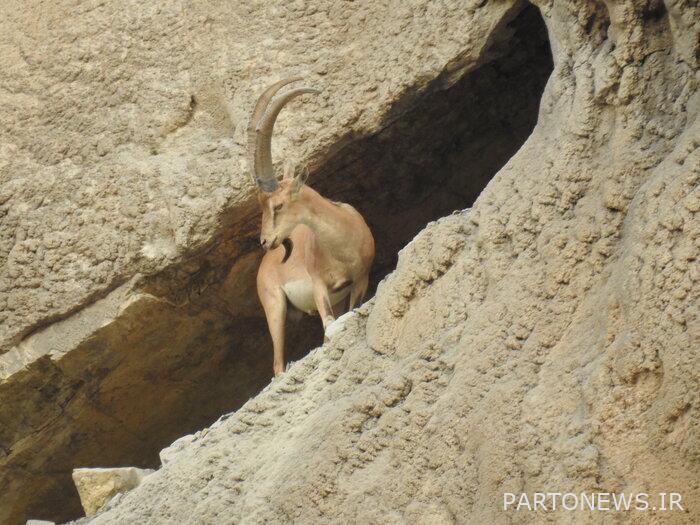
Khaiz protected area is one of the most important wildlife habitats in the country, and Kohgiluyeh and Boyer Ahmad are located in the area of Kohgiluyeh, Gachsaran and Behbehan cities of Khuzestan.
This protected area was introduced as a protected area in 1377 due to the role of the environment and ecology of the region in the habitat of animal and hunting species.
Three environmental checkpoints are responsible for the protection of this protected area of Khaiz, which due to its size, dispersion, and the presence of villages around this protected area requires better manpower and equipment for the environmental checkpoints.
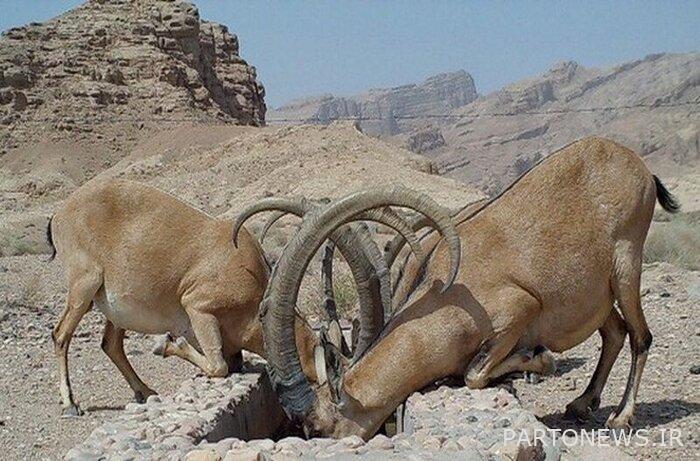
In this article you will read:
Challenges of Khaiz protected area
The head of the Environment Department, Kohgiloye, considered the existence of only three environmental checkpoints to be one of the major challenges given the size of the region and added: “The increase of environmental checkpoints plays an important role in the fight against illegal hunters.”
Ruhollah Azizi considered one of the main priorities of the environmental protection posts located in the region to be the prevention of illegal hunting and said: Considering the biological diversity of the region and the strategic role of Khaiz in maintaining the population of different types of hunters, the government should increase the number of environmental protection posts. Bonnie should cooperate.
He stated: Considering that there is a protected area of Khaiz between the three cities of Kohgiluyeh, Behbahan and Gachsaran, and different tribes live in these areas, indiscriminate hunting by humans is one of the main threats to the environment.
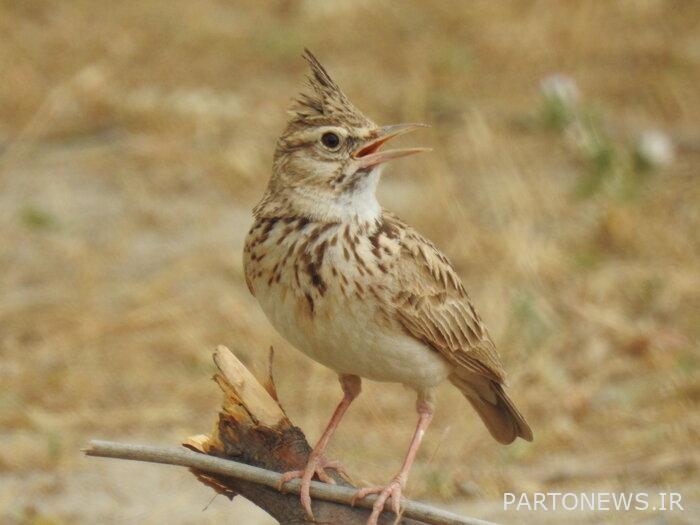
Azizi stated: The hunters of this area have been identified in recent years and more than four cases of illegal hunting have been registered in the legal authorities for each of them.
He considered another challenge of the protected area to be the presence of illegal livestock in the area and said: destruction of pastures due to excessive livestock grazing has increased over the years.
Referring to the occurrence of several fires in the past years, Azizi added: public participation, especially non-governmental organizations, is necessary in protecting the environment of the region.
Social participation is a guarantee for the health of the environment
Azizi considered that maintaining a sustainable environment requires the participation of everyone, especially non-governmental organizations, and said: Considering the people’s exploitation of the tourism and natural diversity of the region, all people are obliged to preserve the environment.
The head of the environment department considered the duty of educational institutions, especially Friday imams, to be very important in promoting the environmental knowledge of the society and said: solving the problems and challenges of the environment is possible with the participation and cooperation of the institutions.
Iranian leopard is breeding in Khaiz
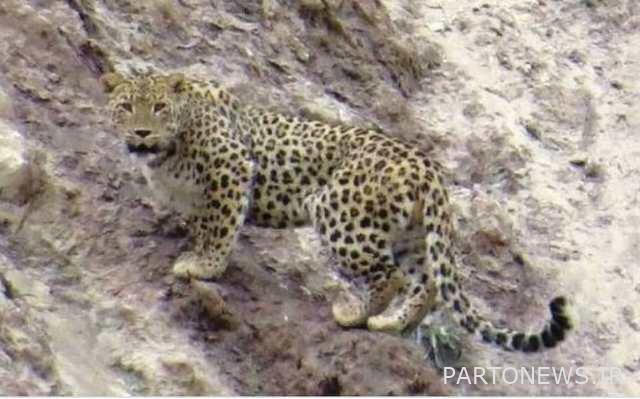
Referring to the sighting of the first collars of Iranian leopards in 2016 in the protected area of Khaiz, the head of the Department of Environment, Kohgiloye, said: This year, environmentalists photographed three collars of leopards.
Ruholah Azizi said: According to the very good growth of the total and goat population and the observations of the environmentalists, the population of the leopard has grown significantly in these years.
He stated: Also, in 2011, a rare caracal of the feline type was observed in this area.
Azizi considered the existence of various hunting species such as pelunks, caracals, wolves, hyenas, foxes and all kinds of hunting birds including eagles in this area as a sign of their safe environment and added: the biodiversity of the Khayiz protected area is growing day by day. Is.
The Iranian leopard is the largest or one of the largest subspecies of the leopard that is native to West Asia and is on the list of endangered animals of IUCN.
The size and color of the body covering of the Iranian leopard in different regions in the distribution range of the leopard in Iran are significantly different from each other.
In general, the body length of adult leopards reaches 160 and sometimes up to 180 cm, and the length of their tail is 110 cm.
The weight of this leopard reaches 90 kg and its height reaches 75 cm.
The number of adult Iranian leopards in all the countries where they live is estimated between 871 and 1,290.
Increasing the number of wildlife species is beneficial
Director General of Environmental Protection Kohgiluyeh and Boyer Ahmad, referring to the census of the Khayiz protected area, said: According to the annual wildlife census, the number of animal species in the Khayiz protected area; One of the unique habitats of goats and goats in the country has a remarkable growth.
Islam Javadan Khard stated: During the five days of the census by experts, various hunting species such as leopards, hyenas, jackals, wolves, otters and hunting birds were observed, and the dominant species were goats and goats.
He considered the diversity of the environment in the protected area to be a sign of the security and peace of the area and said: “The hunting species in this area have increased compared to last year’s census.”
Javadan Kherd announced the purpose of these censuses is to estimate the total population of goats and different species of carnivores in different protected areas and hunting is prohibited.
He added: In this census team, which was conducted by direct observation, the water condition of the areas, vegetation and fodder were also monitored.
A total of 41 thousand 661 hectares of protected areas of Khaiz Sorkh, Khamin and Dayl in Gachsaran range, 17 thousand 508 hectares of Khaiz and Sorkh in Kohgiluyeh region, 12 thousand 812 protected hectares of Sulek and Maghar hunting prohibited in Bahamei region and 28 thousand And 220 hectares of prohibited hunting in Lar and a part of Khamin protected area are located in Bashet.
The seven protected areas of Dena with an area of 93 thousand 660 hectares, Eastern Denai with an area of 28 thousand 202 hectares, Khayiz Sorekh with an area of 33 thousand 235 hectares, Khamin with an area of 25 thousand 671 hectares, Deil with an area of 10 thousand 381 hectares, Sulek There are 2 thousand 4287 hectares and Siyuk with 12 thousand 858 hectares in the province.
At the top of them is Dena National Park and Dena Protected Area, which has an area of 93,660 hectares and has 155 bird species, 24 mammal species, 20 aquatic species, and 39 reptiles.
Dana protected area is one of the richest biological areas in terms of plant and animal diversity in Iran and the world, which was registered by UNESCO in 2010 as the first reserve after the revolution, the tenth biosphere reserve in Iran and the 550th reserve in the world. Receipt.


